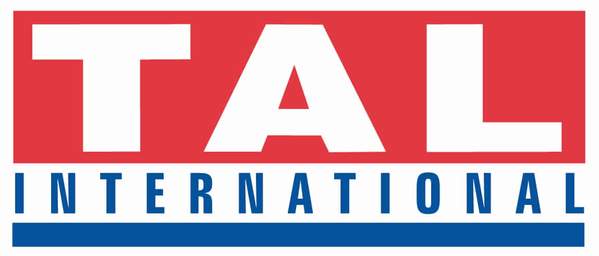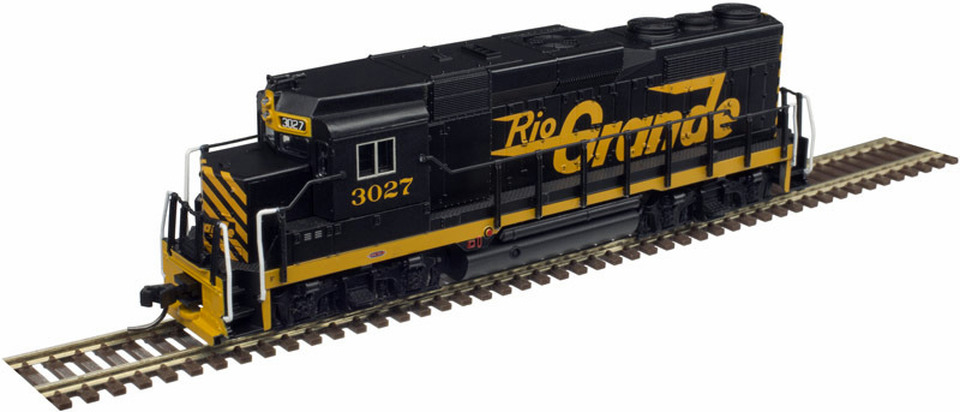Model Information: Model introduced in 2009.
Features:
Features:
- 5-pole Motor, w. flywheel,
- Rapido coupler pocket NEM 355,
- All 4 axles powered,
- White headlight (x3).
DCC Information: The model came in either DC (analog) variant or factory-equipped with a DCC decoder (no sound).
There is no decoder socket, so installing a decoder in a DC version is possible but requires a wired decoder and modifications of the PCB (printed circuit board). We call it friendly as it does not require modification of others parts of the model.
See on www.1zu160.net for decoder installation (in German).
There is no decoder socket, so installing a decoder in a DC version is possible but requires a wired decoder and modifications of the PCB (printed circuit board). We call it friendly as it does not require modification of others parts of the model.
See on www.1zu160.net for decoder installation (in German).
Prototype History: The DR V60 is a 650 hp (478 kW) 4-axle Diesel-Hydraulic shunting locomotive built for the Deutschen Reichsbahn (former Eastern Germany state railway company) between 1959 and 1982 by Lokomotivbau Karl Marx (LKM) Babelsberg and Lokomotivbau Elektrotechnische Werke (LEW) Hans Beimler Hennigsdorf. A total of 2256 V60 locomotives were built, out of which 188 by LKM Babelsberg until 1964 and the rest by LEW Hennigsdorf until 1982.
In 1970, the series was classified as Baureihe BR 106 and then BR 105 when all the numbers for BR 106 were exhausted.
After reunification of Germany, the BR 105 were re-classified as BR 345, and BR 106 as BR 346.
In the 1990's some V60 were re-motorized and were re-classified BR 344.
The DR V60 must not be confused with its namesake DB V60 (later BR 360) built approximately at the same period by the Deutschen Bundesbahn (Western Germany).
Read more on Wikipedia (in German)
In 1970, the series was classified as Baureihe BR 106 and then BR 105 when all the numbers for BR 106 were exhausted.
After reunification of Germany, the BR 105 were re-classified as BR 345, and BR 106 as BR 346.
In the 1990's some V60 were re-motorized and were re-classified BR 344.
The DR V60 must not be confused with its namesake DB V60 (later BR 360) built approximately at the same period by the Deutschen Bundesbahn (Western Germany).
Read more on Wikipedia (in German)
Road Name History:  From 1949, the new governments assumed authority for railway operations. The DRG's (or DR's) successors were named Deutsche Bundesbahn (DB, German Federal Railways) in West Germany, and Deutsche Reichsbahn (DR, German State Railways) in East Germany kept the old name to hold tracking rights in western Berlin.
From 1949, the new governments assumed authority for railway operations. The DRG's (or DR's) successors were named Deutsche Bundesbahn (DB, German Federal Railways) in West Germany, and Deutsche Reichsbahn (DR, German State Railways) in East Germany kept the old name to hold tracking rights in western Berlin.
Unlike the DRG, which was a corporation, both the DB and the DR were federal state institutions, directly controlled by their respective transportation ministries. Railway service between East and West was restricted; there were around five well-controlled and secure checkpoints between West and East Germany, and about the same number between East Germany and West Berlin. Four transit routes existed between West Germany and West Berlin; citizens of West Berlin and West Germany were able to use these without too much harassment by the East German authorities.
The DB started in 1968 with changing the locomotive and passenger car serial numbers to the UIC norm. In 1970 the DR followed. The DB started experimenting with the Intercity trains in a new livery (bright orange).
From Wikipedia

Unlike the DRG, which was a corporation, both the DB and the DR were federal state institutions, directly controlled by their respective transportation ministries. Railway service between East and West was restricted; there were around five well-controlled and secure checkpoints between West and East Germany, and about the same number between East Germany and West Berlin. Four transit routes existed between West Germany and West Berlin; citizens of West Berlin and West Germany were able to use these without too much harassment by the East German authorities.
The DB started in 1968 with changing the locomotive and passenger car serial numbers to the UIC norm. In 1970 the DR followed. The DB started experimenting with the Intercity trains in a new livery (bright orange).
From Wikipedia
Brand/Importer Information: As a high-quality company we set the standard when it comes to prototype fidelity and functionality. Our aim is to enthrall novices and experts alike and to be the enduring long-term partner for a fascinating hobby that spans all generations. We achieve this with the true-to-detail design and the reliability of our models and with innovations that offer a new dimension in the play value and fun factor. The high commitment to quality that has characterised Fleischmann for more than 125 years has ensured our company?s position as an internationally leading brand for model railways.
Small-scale greatness. Its comprehensive range in the N scale makes Fleischmann the international market leader in this sector. There are over 350 highly detailed models to choose from in the space-saving 9-mm gauge. Continuous and targeted extension of the range will allow Fleischmann to expand its competitive edge in the future.
Small-scale greatness. Its comprehensive range in the N scale makes Fleischmann the international market leader in this sector. There are over 350 highly detailed models to choose from in the space-saving 9-mm gauge. Continuous and targeted extension of the range will allow Fleischmann to expand its competitive edge in the future.
Item created by: Alain LM on 2019-03-24 07:22:28
If you see errors or missing data in this entry, please feel free to log in and edit it. Anyone with a Gmail account can log in instantly.
If you see errors or missing data in this entry, please feel free to log in and edit it. Anyone with a Gmail account can log in instantly.









